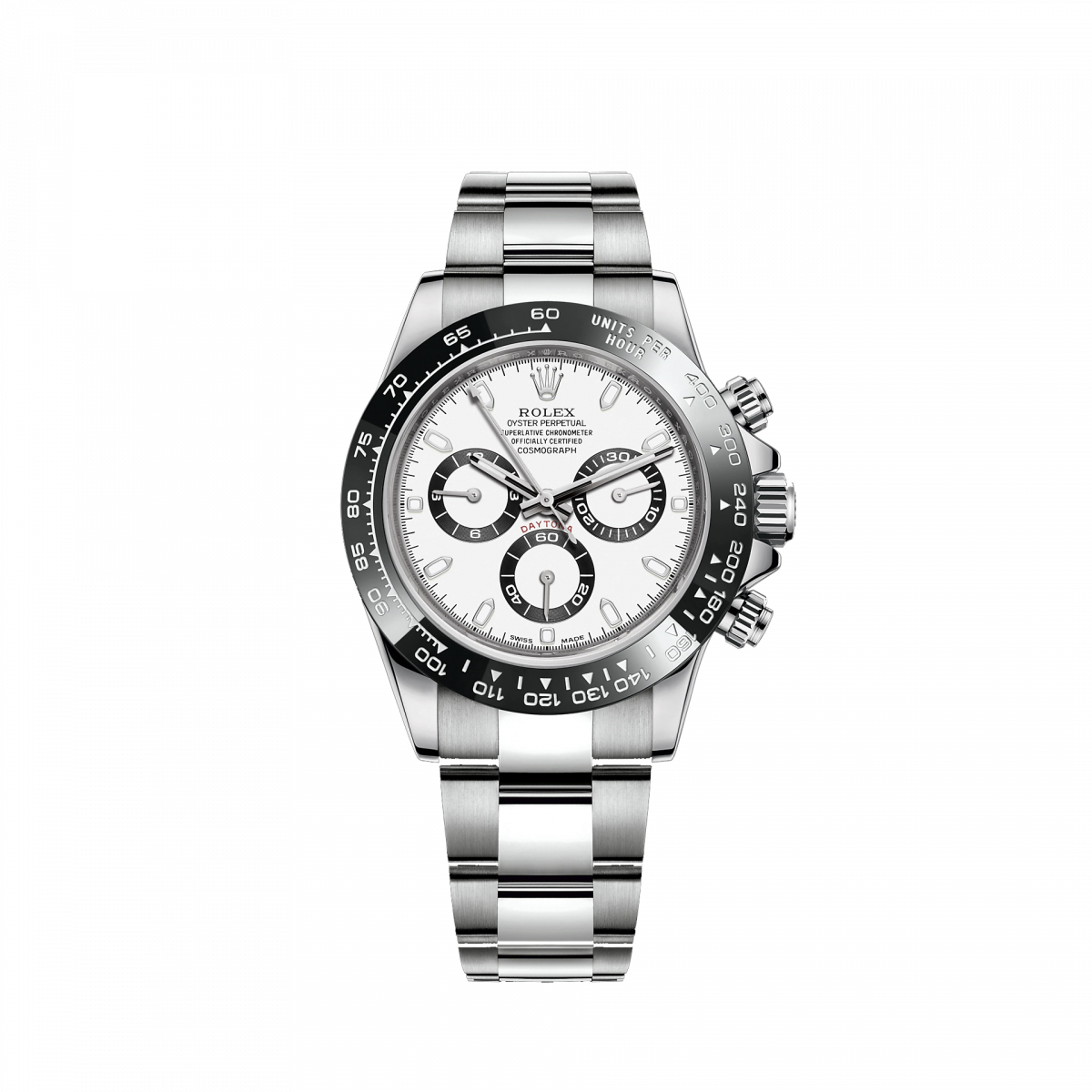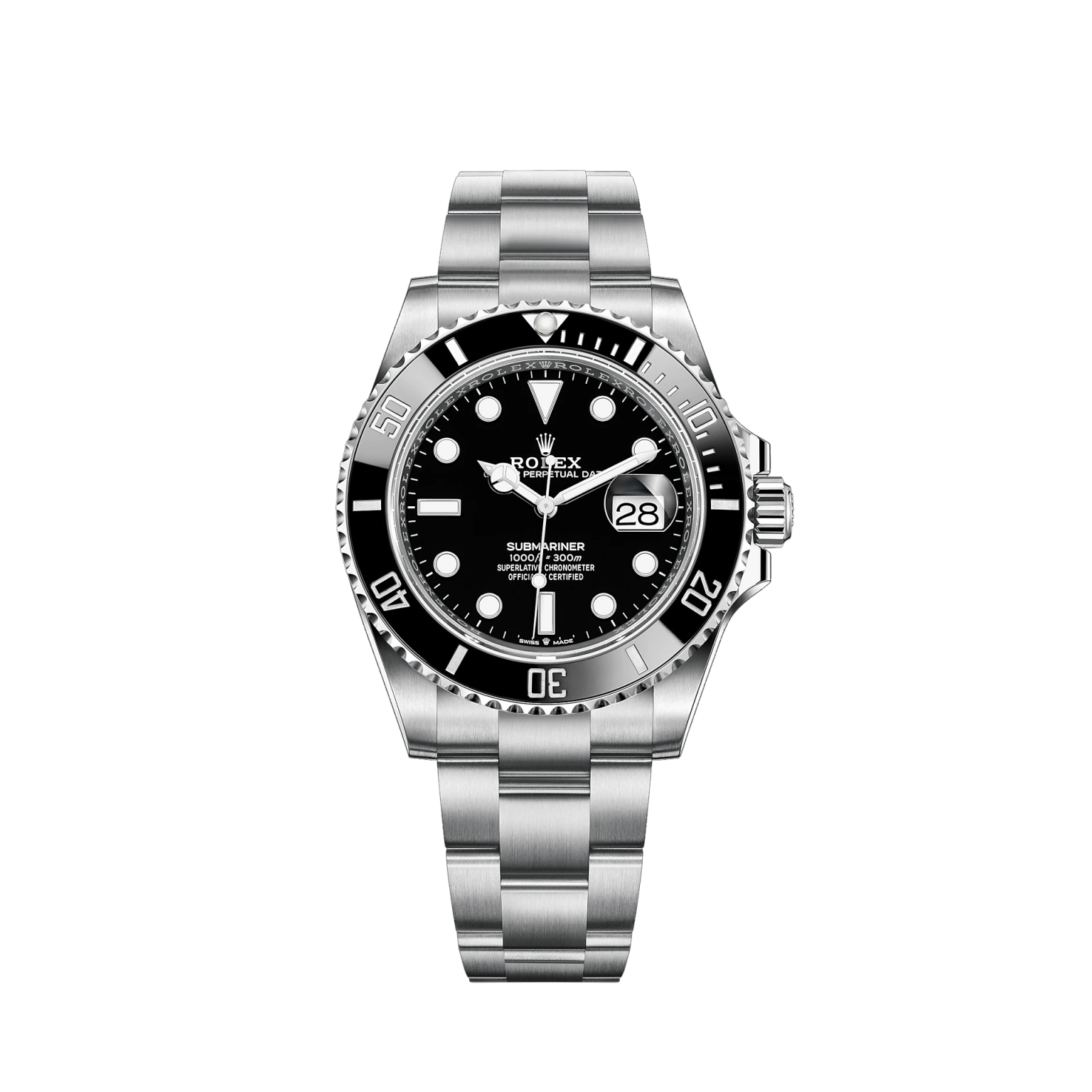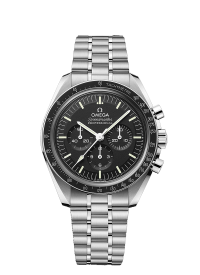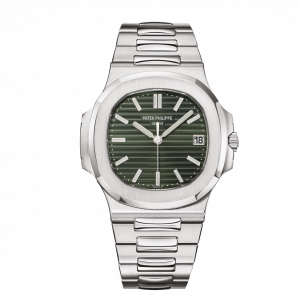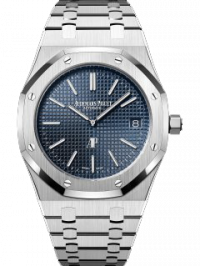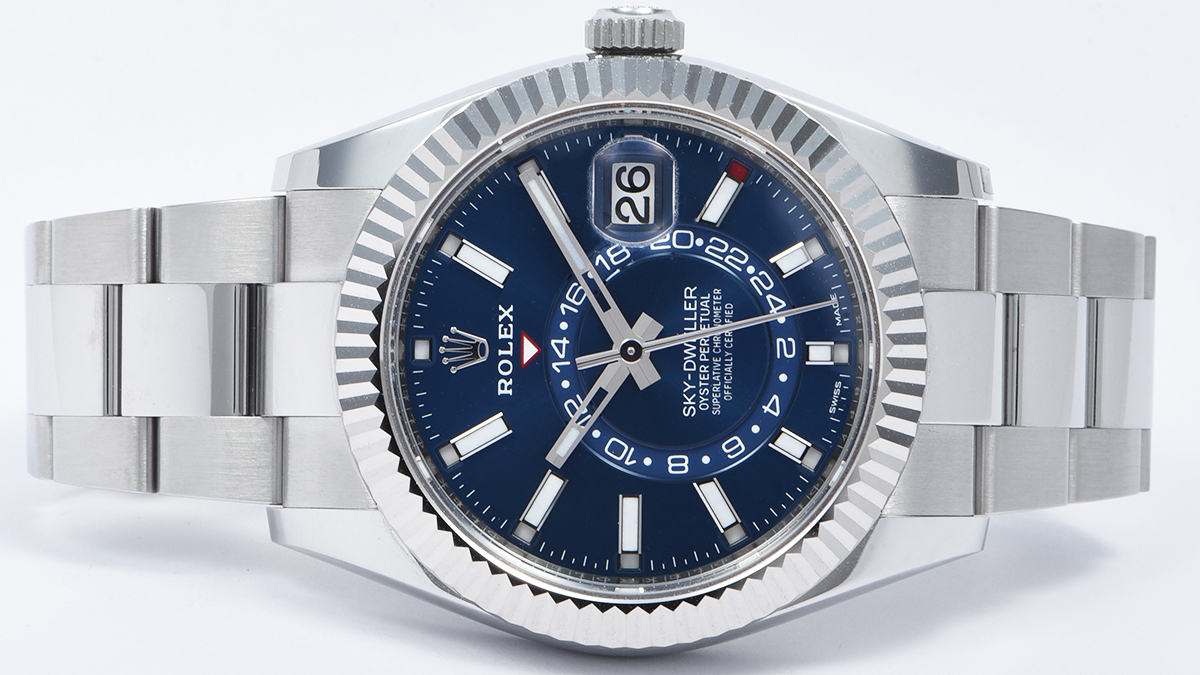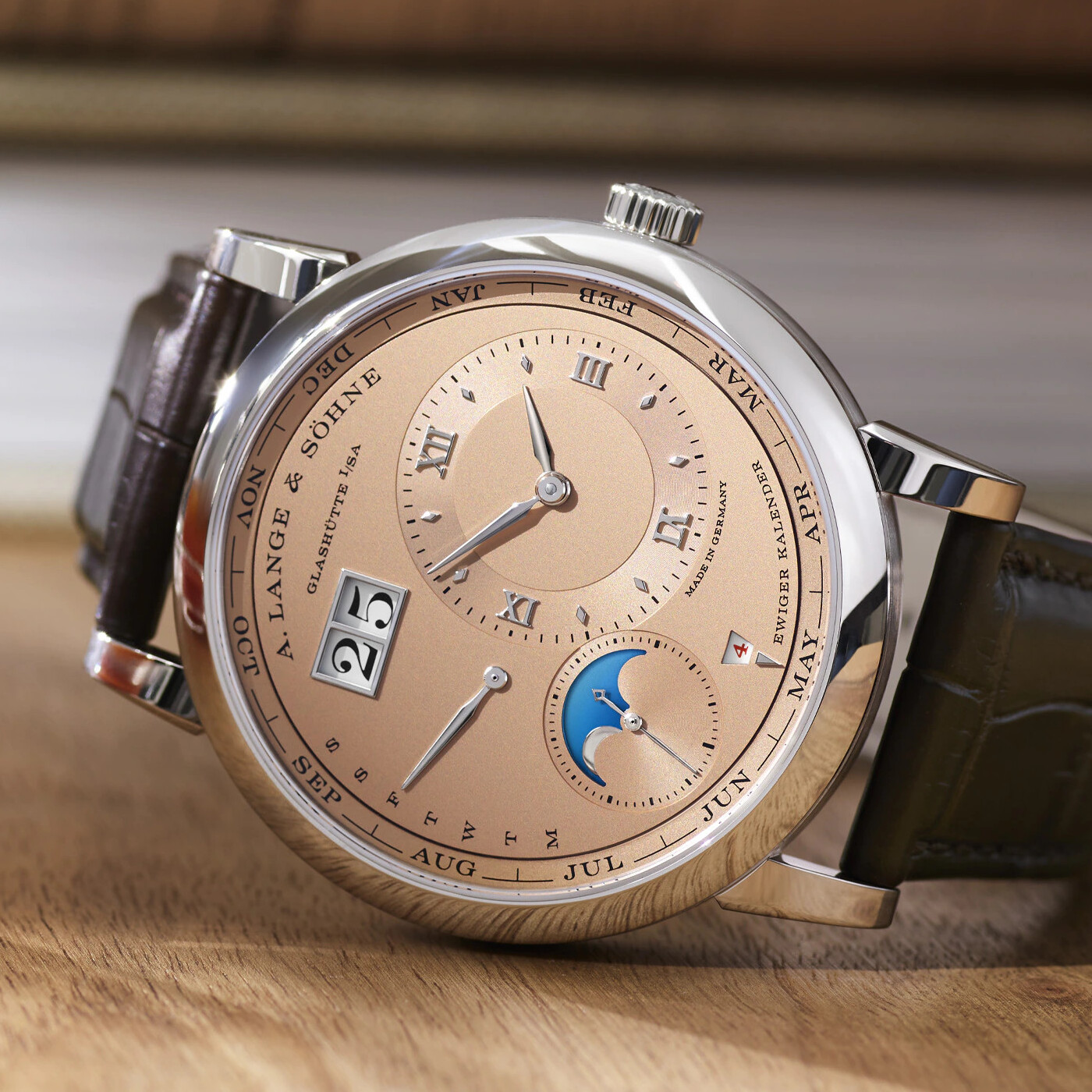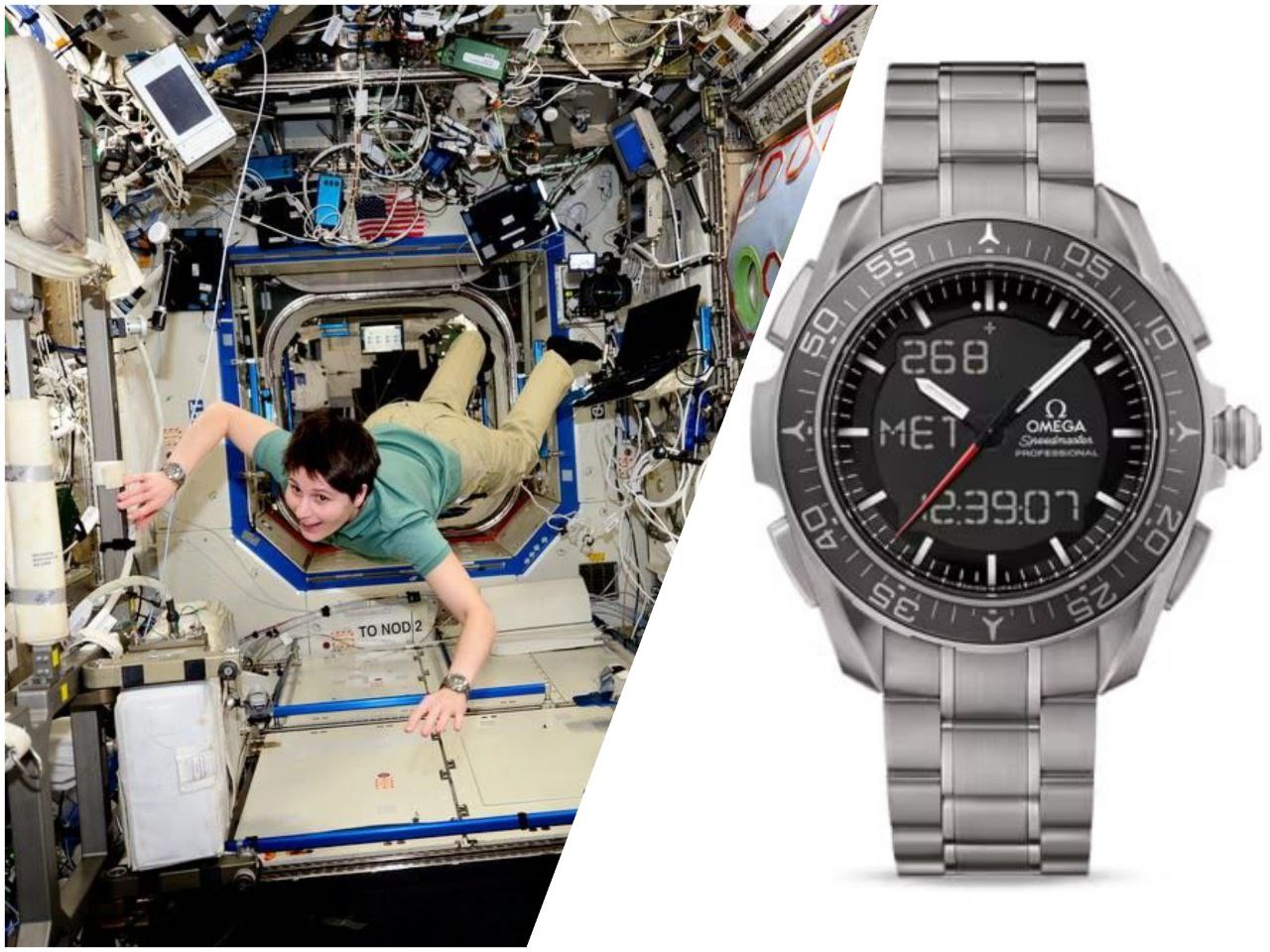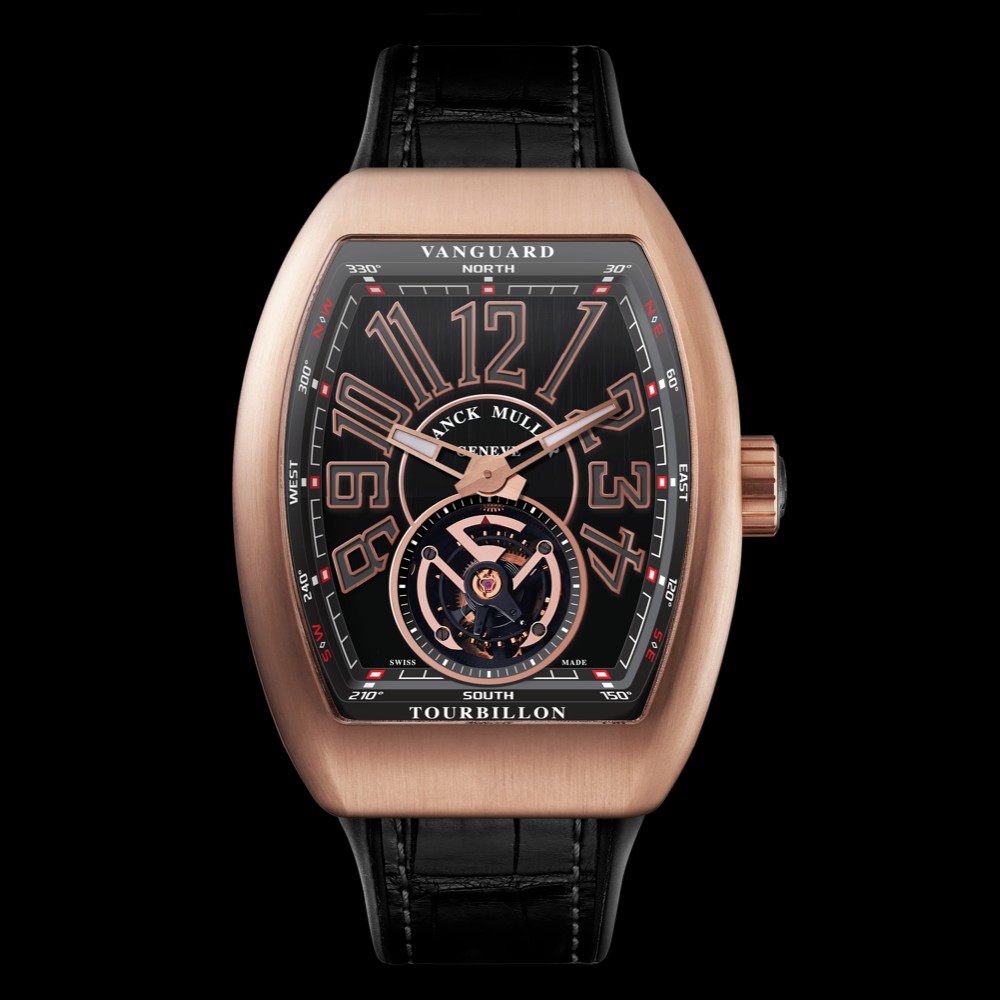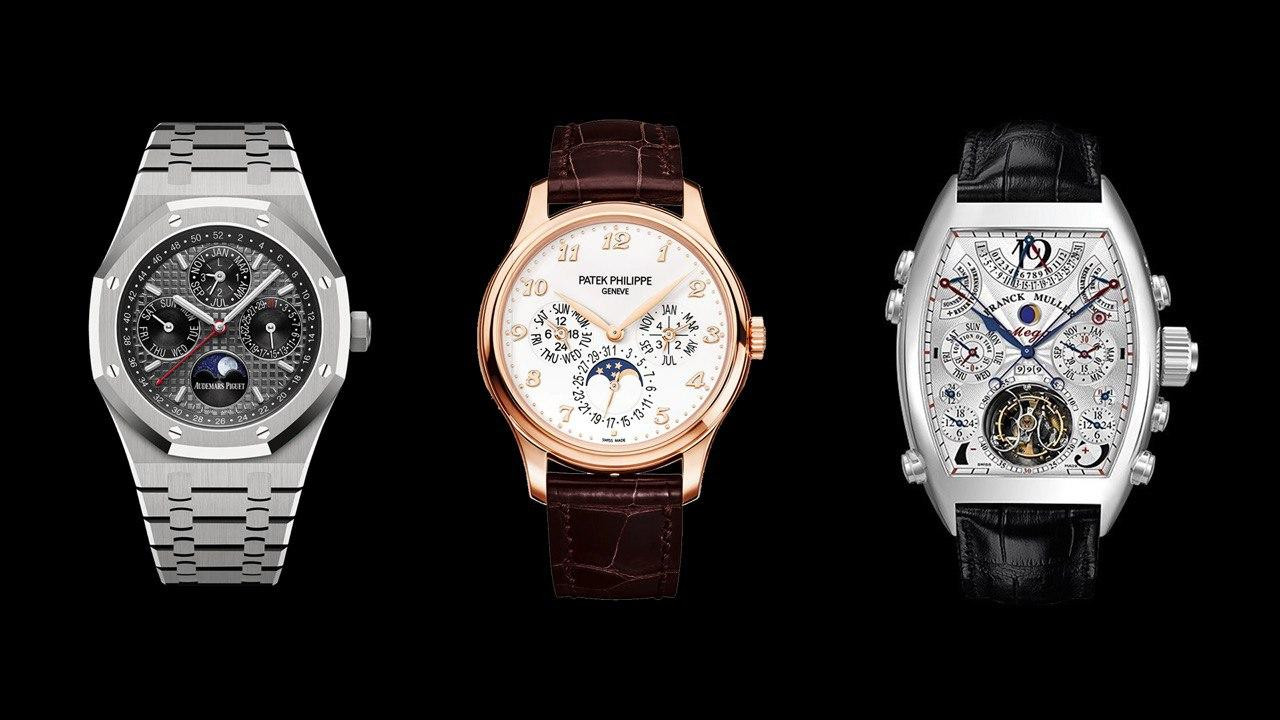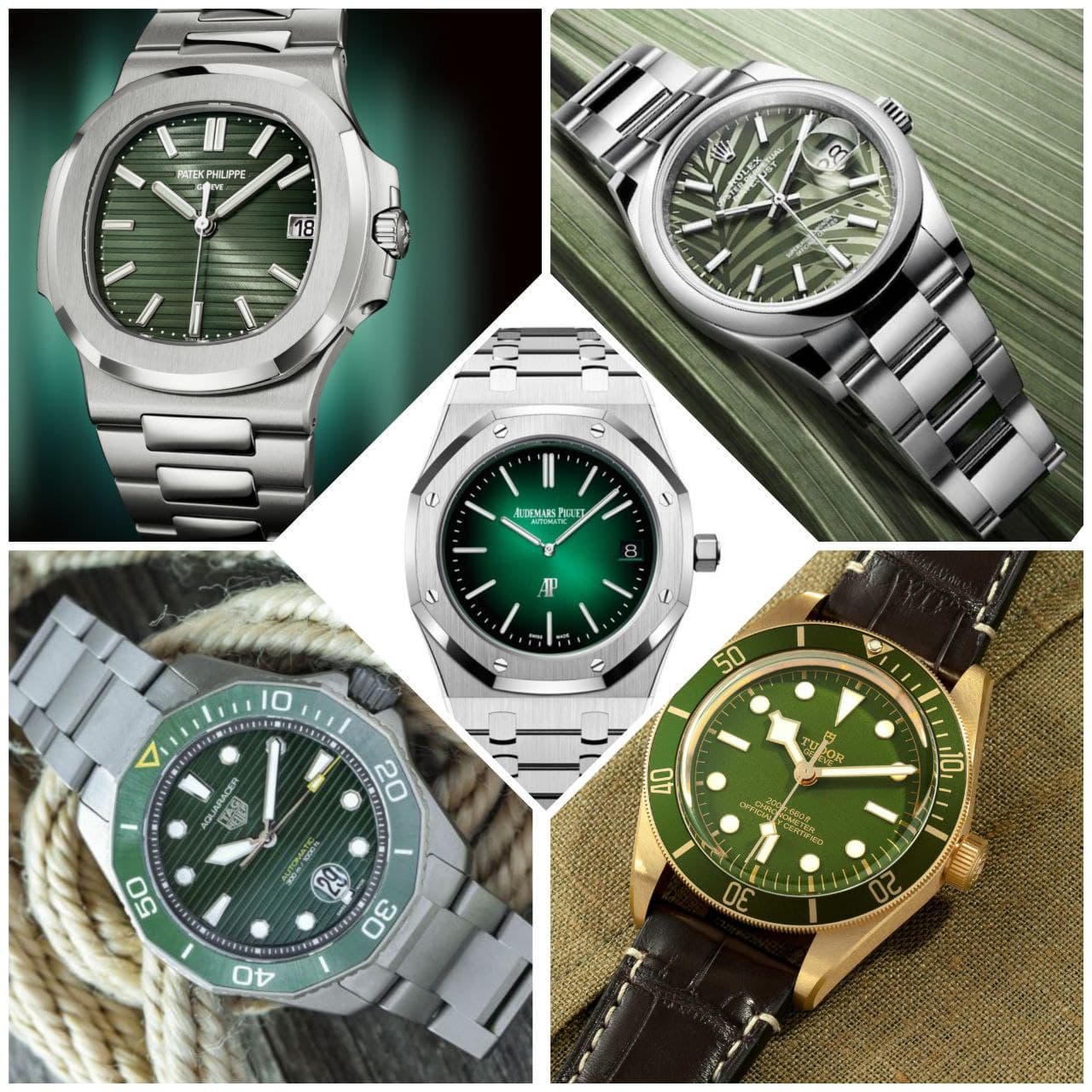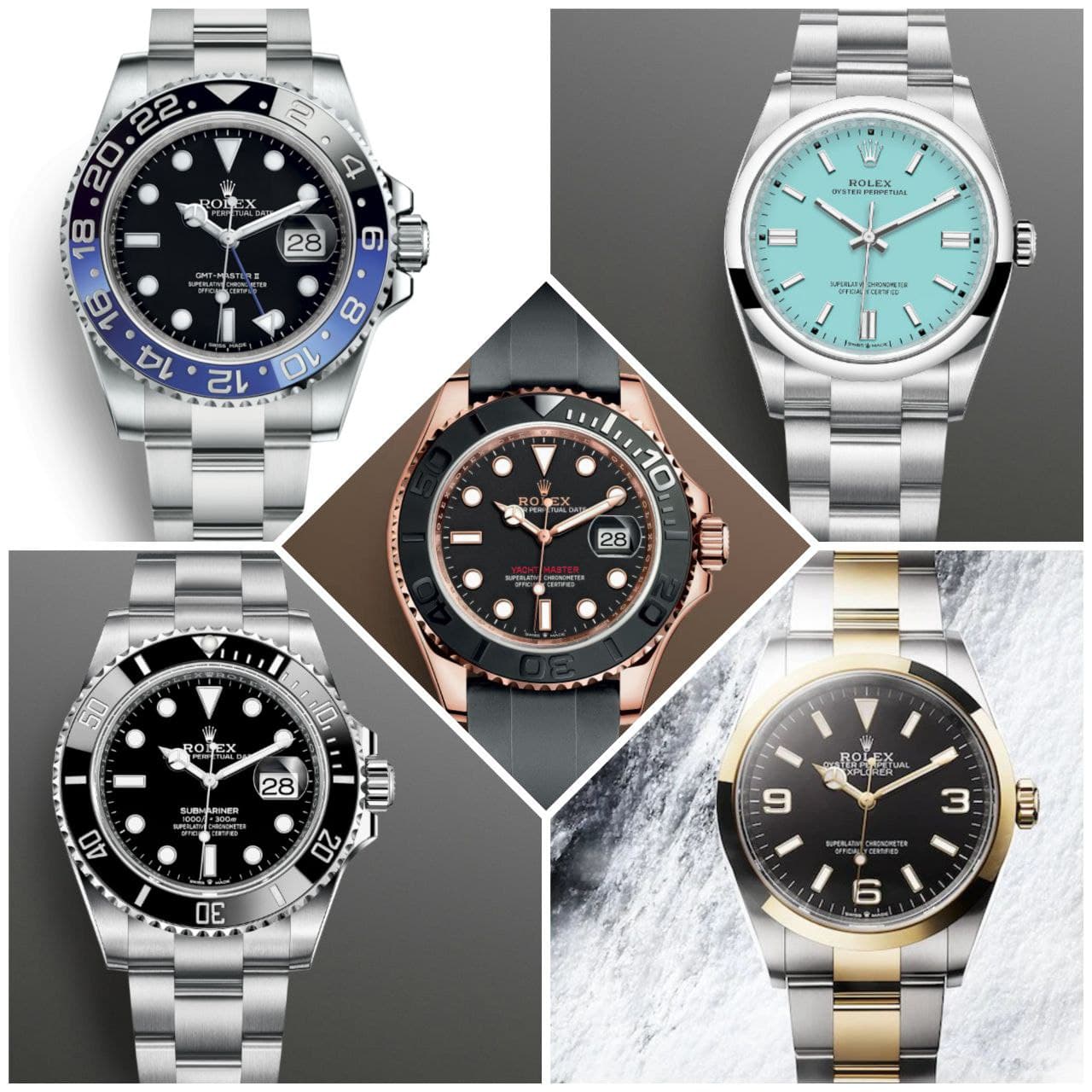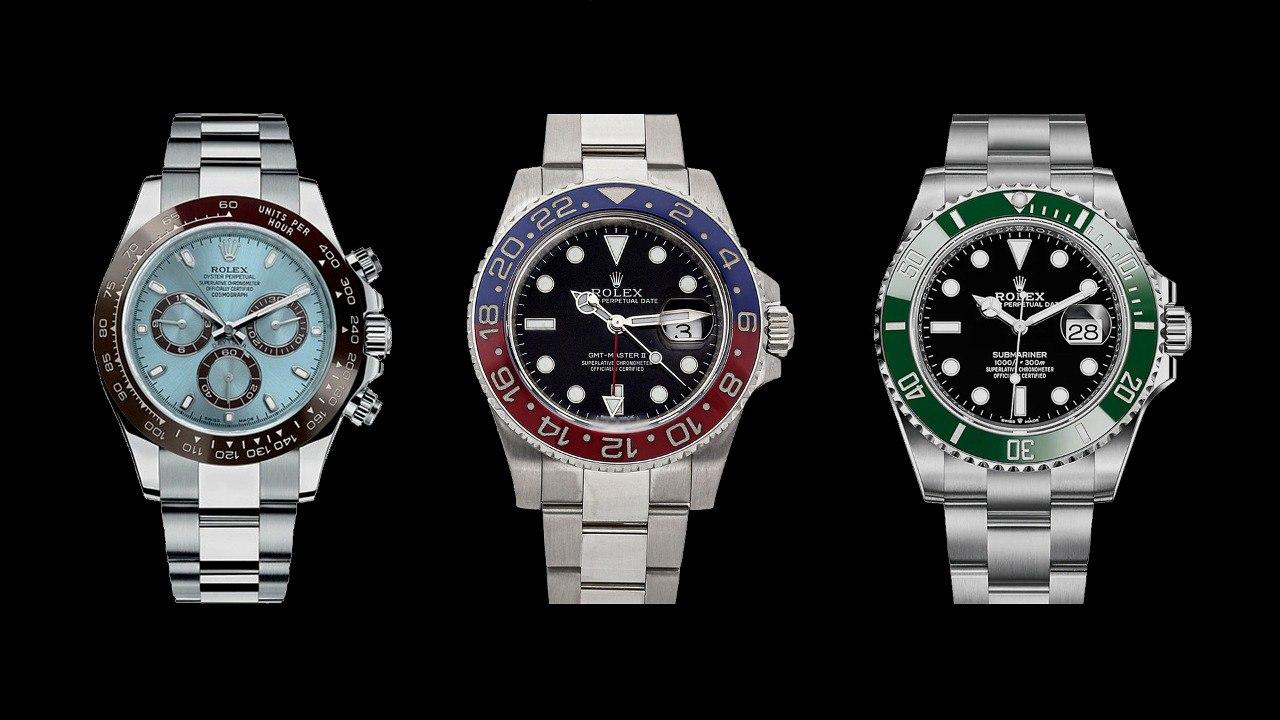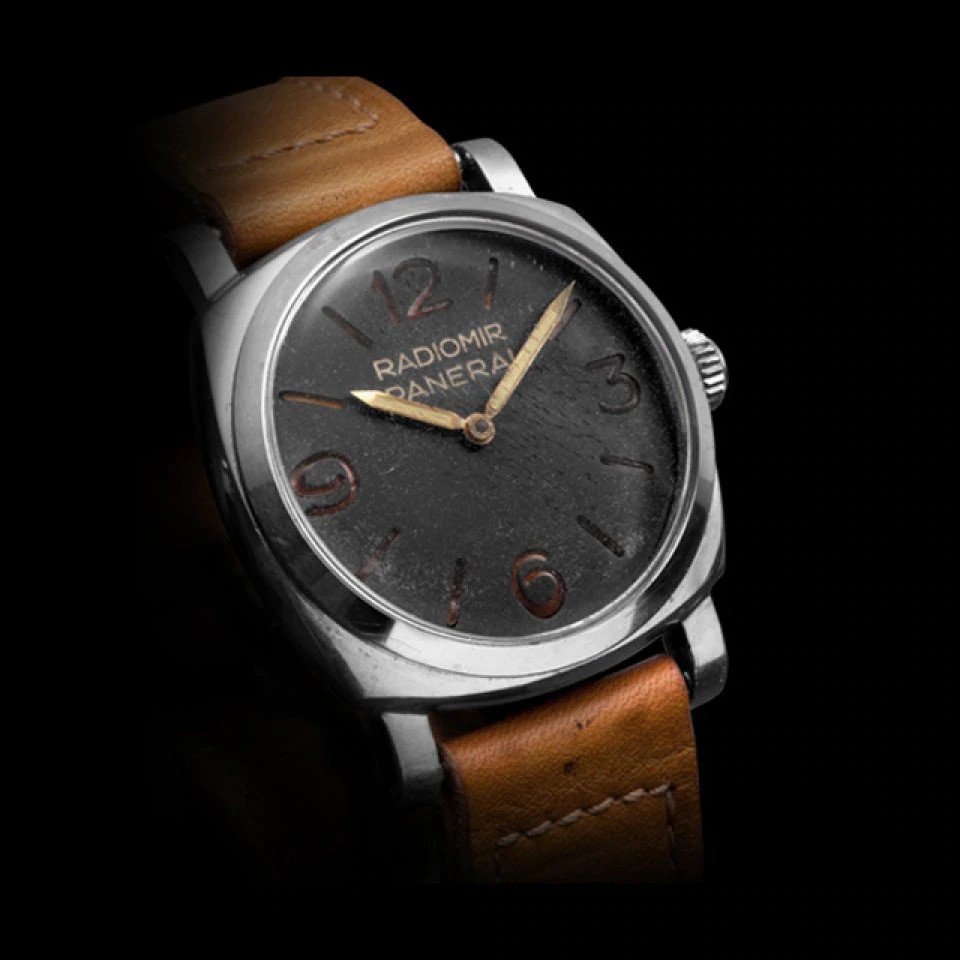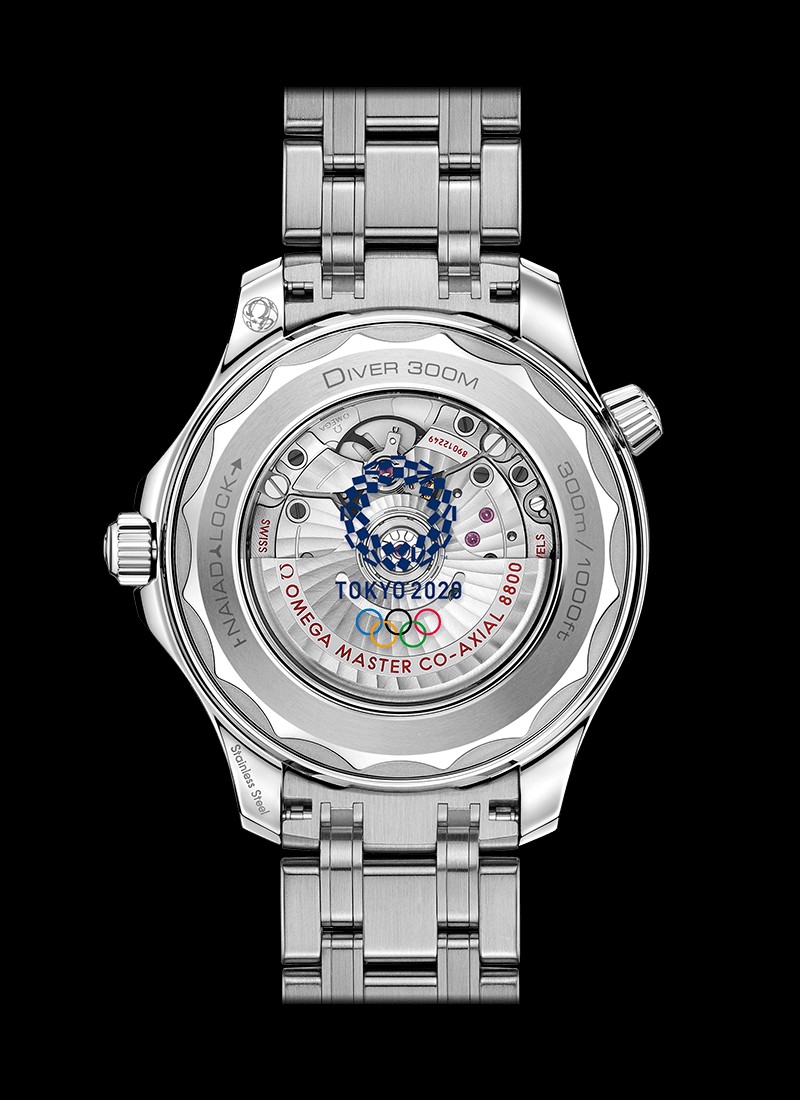Dr. N.
Rolex is a brand that today is associated with wealth, opulence, living rooms and ostentation. Not everyone knows that it wasn't always like this: once upon a time, Rolex it was the brand of choice for explorers and adventurers. While studying the history of this company, I came across a model with a fascinating past, but less well known than its “big brothers” Daytona, Submariner and GMT. I'm talking about the Rolex Explorer, of which in this article we will discover the origins and differences between version I and version II.
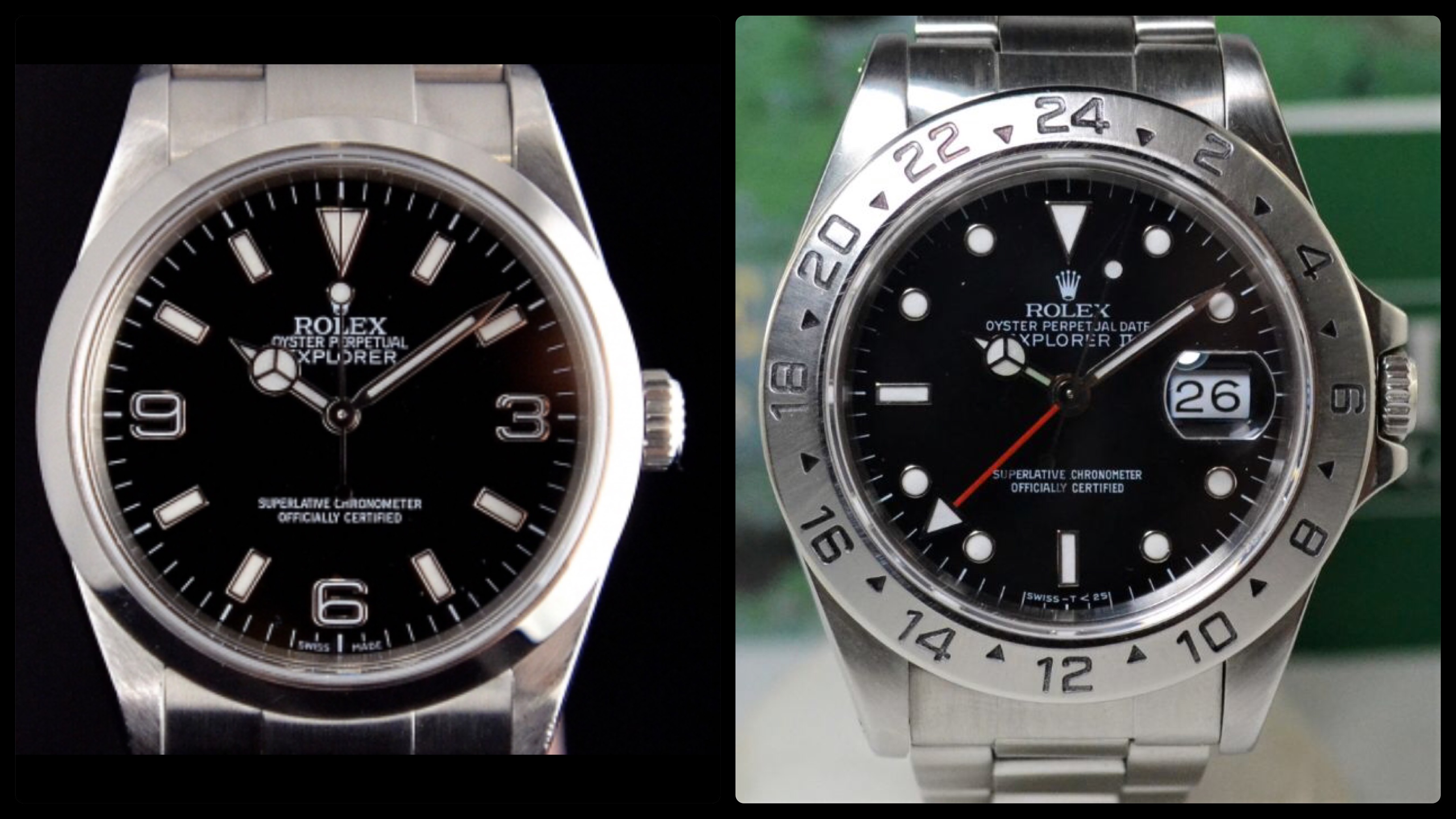
Rolex Explorer I versus Rolex Explorer II
Rolex and exploration
As we have seen in the articles on Rolex Submariner and on the space race, where even the Rolex Daytona had a role, the maison Geneva has always been at the forefront of extreme enterprises. But space and the depths of the sea weren't Rolex's only area of interest. The company has also chosen to be interested in mountain and speleological explorations.
Since the XNUMXs, Rolex participates in numerous expeditions to the Himalayas with the aim not so much to promote their watches, but to test their functionality. The weather conditions on the high peaks are ideal for testing chronometers RolexExtremely dry cold, jolts, low oxygen content in the air are all technical challenges that help develop watches that work better. If they regularly march in extreme conditions, in a normal environment they will only perform better.
When Sir Edmund Hillary decides to venture on the highest peak in the world, Rolex is quick to seize the excellent opportunity for commercial promotion that is looming. Yes, commercial promotion: because, as we will see shortly, the Rolex Explorer on Hillary he never made it to the top of Everest...
The Rolex Explorer I and Hillary's Everest expedition: a curious background
In 1953, Edmund Hillary, a member of the British Everest expedition, along with Sherpa Tenzig Norgay, became the first man known in history to have stepped on the summit of Everest. On the wrist, like the marketing Rolex not has made known to the world, Hillary wears a ... British watch of a half-known brand, a Smiths DeLuxe time-only watch with seconds at 6 o'clock. field watch with which the Allied armies were equipped during the Second World War.
But, the kind reader of the Chronosect magazine, and the Rolex Explorer? It is not gone on Everest?
The answer is: yes, the Watches Rolex they went on Everest, both in Hillary's 1953 expedition and Reinhold Messner's, without oxygen cylinders, in 1978. But, unlike Messner, who wears his Oysterquartz - whose style, incidentally, was inspired by legend of the design watchmaker Gerald Genta, as can be found here - up to the top of the highest mountain in the world, Hillary, who also has a Rolex Discover thanks to the sponsorship of the shipment by the maison Geneva, he takes him to Everest: but only up to base camp. Which, however, is at a height that is not at all despicable, being above five thousand meters. The fact is that, for reasons never clarified, Hillary leaves her Rolex Explorer at base camp and wears his personal Smiths DeLuxe for the final climb.
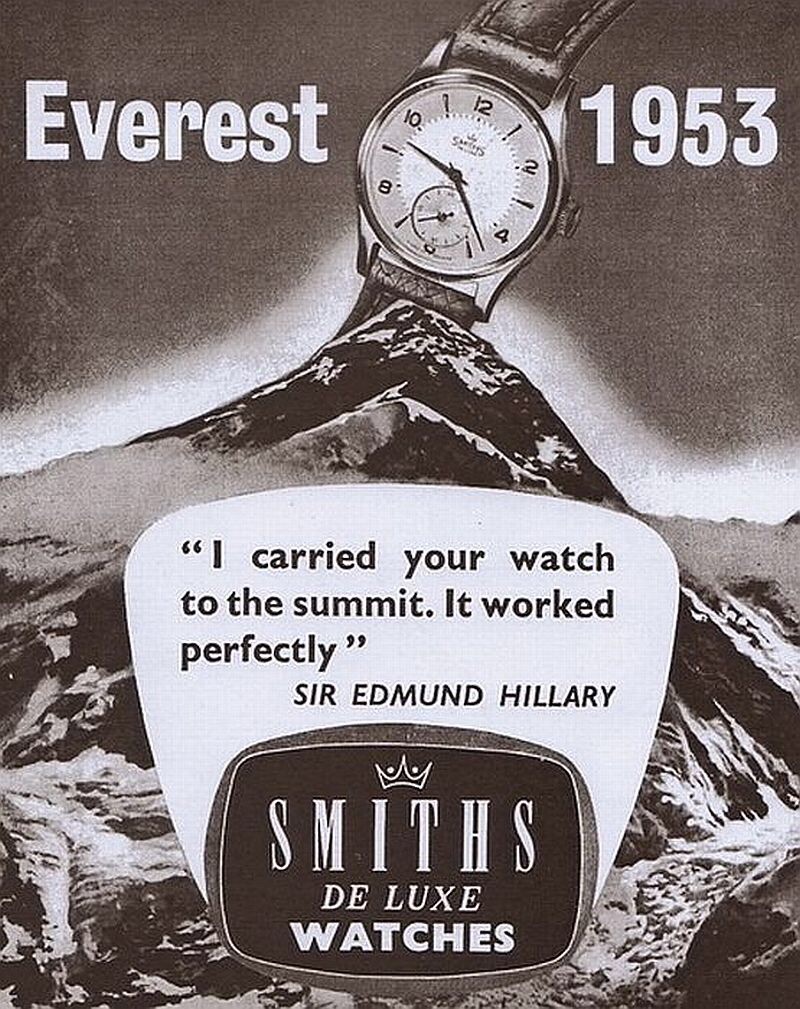
Unlike Smiths, Rolex is adept at exploiting the aura of prestige that comes from participating in Hillary's historic mountaineering feat. It must be said that Rolex has always been very correct in his advertisement: never has in fact claimed that the Rolex Explorer made it to the top of Everest on Hillary's wrist, merely indicating that the men who climbed Everest they had the Rolex Explorer. John hunt, the leader of the expedition, indossa a Rolex Explorer when he reaches over XNUMX meters to leave climbing gear for Hillary, who uses it two days later for his final ascent. So the Rolex Explorer, in fact, He has gone on Everest in 1953. Only, it didn't make it to the top on Hillary's wrist.
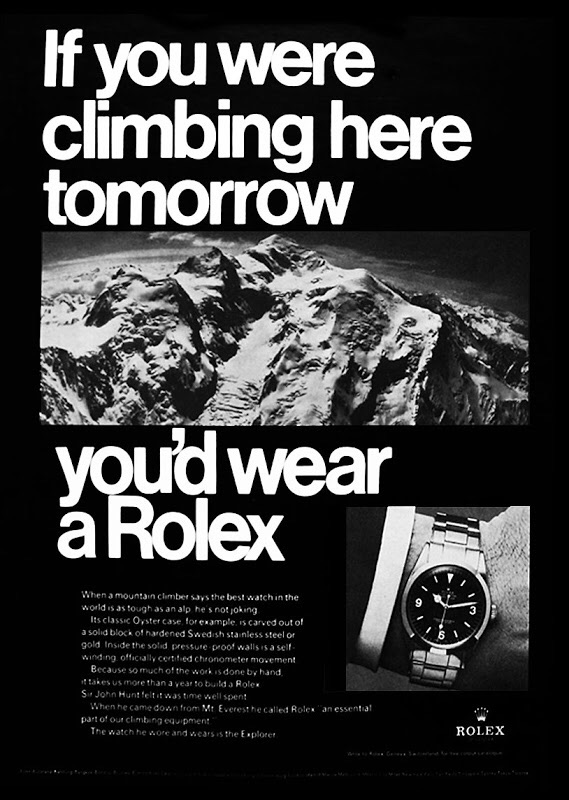
In fact, the Rolexes have been used by men who climbed on Everest ...
Having said that, the adventurers' watch reputation Rolex Explorer it is well deserved. Not only is the 1953 Everest expedition equipped with the Explorer, and Hunt takes it up to eight thousand meters, but, as mentioned, the company has been testing its watches in the Himalayas since the XNUMXs.
Il Rolex Explorer I it has been updated several times over the years: the current version has seen its diameter increase to 39 mm, in line with contemporary watchmaking trends. However, it remains faithful to its original character, that of a single automatic time, waterproof, simple, robust and easily legible: some call it "the Rolex for people who don't like Rolex“, Underlining the distance of this model from other Rolexes today seen more as investments or status symbol that as functional timepieces to be worn on the wrist.
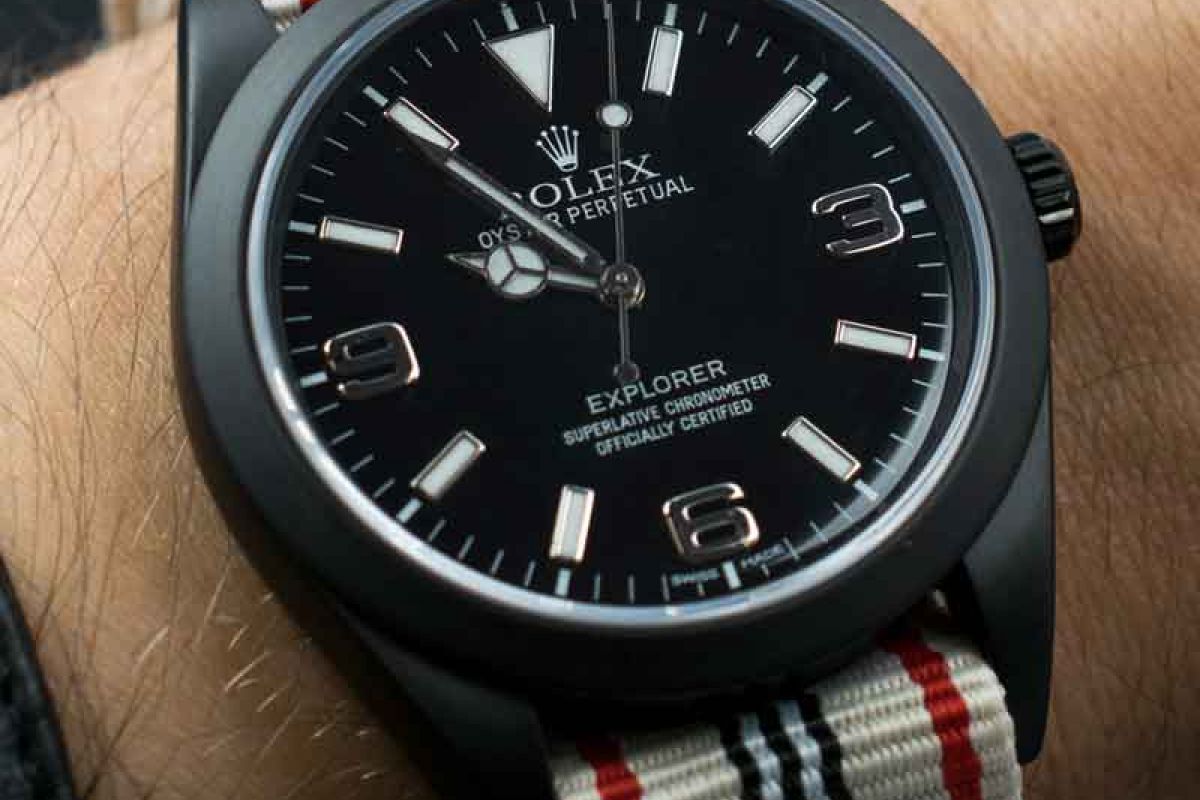
A contemporary special edition of the Rolex Explorer I, reference 214270, on NATO strap.
Rolex Explorer II
Rolex's passion for exploration does not stop and, in 1971, presents a watch designed for a niche in the niche: the explorers who venture into the depths of the caves, or rather the speleologists.
What particular needs can speleologists have if they want a watch dedicated to them? First of all, when you are underground in the meanders of a dark and humid cavern, you do not have the sunlight available. Therefore the watch must be, in addition to being waterproof, provided with an extremely bright luminescence. The Rolex Explorer II in this respect it certainly does not disappoint. Indeed, many at the time found the dial too crowded precisely because of the presence of twenty-four luminous points applied, one for each hour of the day, instead of the usual twelve. In fact, this crowding is due to the limited success of the Explorer II at the time it was marketed, so much so that auction houses, to try to push its prices, began to sell it as a "Steve McQueen watch": a ' label, although baseless - there is no evidence that McQueen wore an Explorer II on his wrist - which remained attached to this watch, which still today some associate with the famous American actor and pilot.
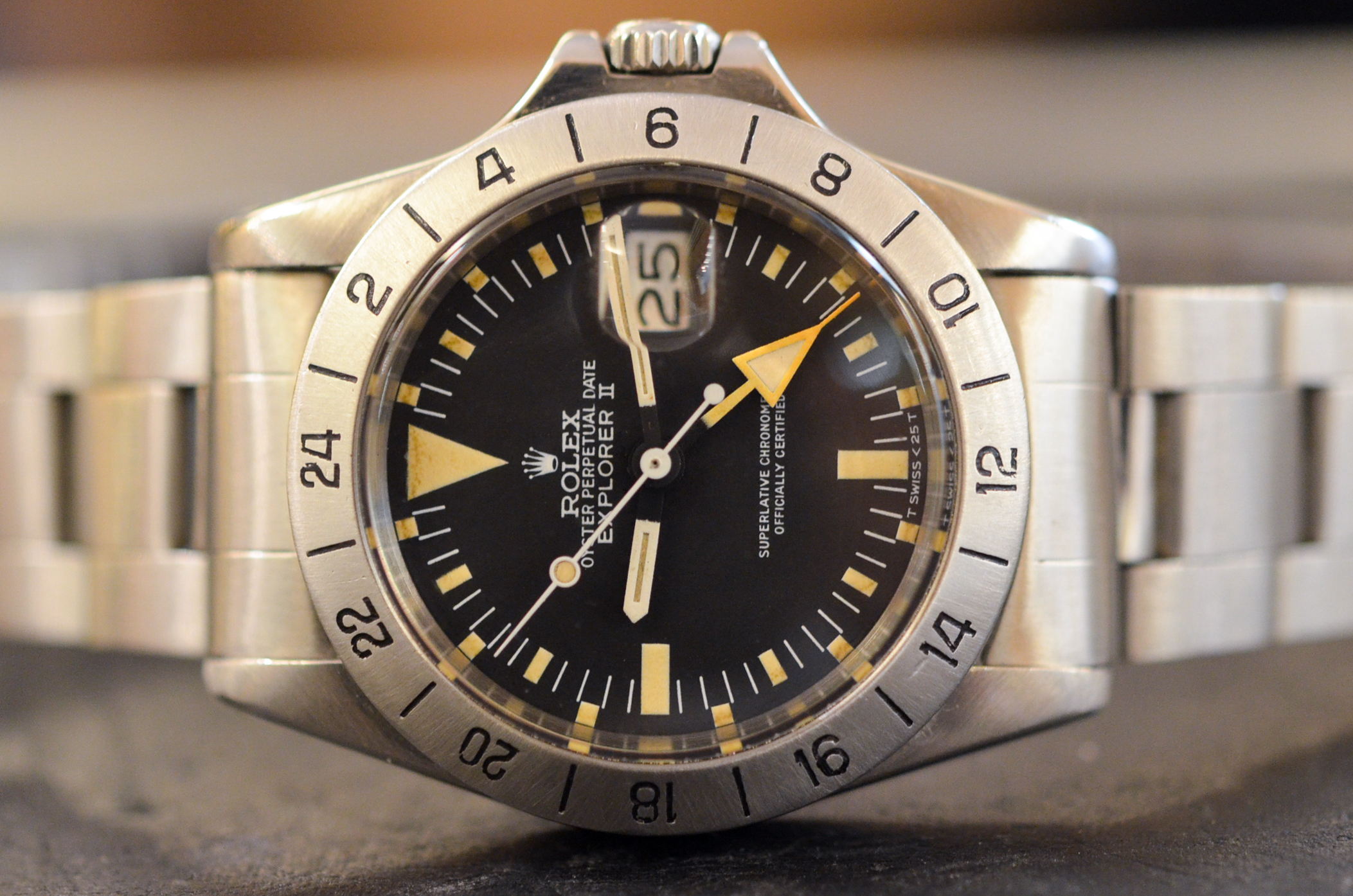
Rolex chooses to equip his 1655 with the stick-shaped hour sphere, instead of its traditional "Mercedes" hand, to increase legibility and to make room for the hand that most characterizes this watch: the 24-hour sphere, which will bring the first series of the Rolex Explorer II the nickname with which it is still known today in Italy and abroad: "Arrow".
Il Arrow, as the fourth hand of this is nicknamed Rolex, has a very specific function: to indicate immediately if the time shown by the hour sphere is to be considered pomeridiana or antimeridiana. When you spend long periods underground, in the absence of the normal solar rhythm, you lose the perception of time, and it becomes difficult to realize whether it is eight in the morning or eight in the evening. The Rolex Explorer II Friction it therefore allows the speleologist who works in a cave for a long time to know precisely the time of day and, if he has an artificial light source to read the date, also the day of the month, suitably enlarged by the lens at 3 o'clock. The Explorer II therefore appears to be a valid ally for this type of extreme explorers.
Today, the Arrow it is an extremely popular vintage model, which reaches even very high prices, as can be seen on the online showcase of Chronosect.
In 1985, Rolex introduced the reference 16550. This new model benefits from a functional reinterpretation, being equipped with the new caliber 3085 that allows you to independently adjust the 24-hour hand, thus making this model capable of indicating a second time zone. The aesthetic change is also significant: the diameter is increased to 40 mm, the dial is "lightened" by reducing the number of luminous points to 12, the 24-hour sphere is made less invasive, and the hour sphere is aligned with the rest of the sports range Rolex, assuming the well-known “Mercedes” style. We can say that with this model, closer to the needs of non-specialist users, theExplorer II begins to meet the favor of the public.
The series of Explorer II continued in 1989 with the reference 16570, with the outline of the spheres and indexes outlined in black, a feature that makes the versions with a white dial, called "Polar".
In 2011, Rolex decided for a partial return to the past with the Rolex Explorer II reference 216570: the increase in diameter of the case to 42 mm allows the 24 hour hand to be enlarged again, bringing it back to a shape similar to that of the original “Freccione”.
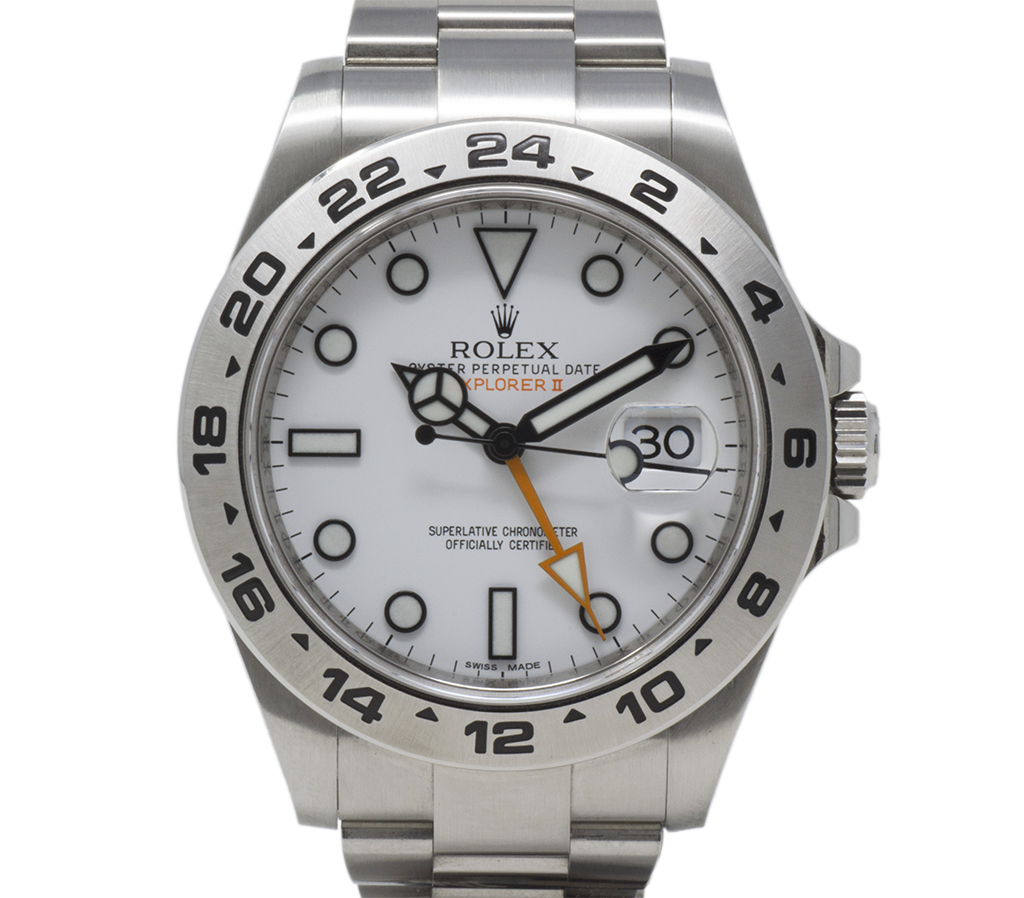
So, better a Rolex Explorer I or II?
For those who appreciate the simplicity and readability of a traditionally shaped watch, the Rolex Explorer I it allows to recall the times of the Himalayan explorations, when all that was needed for an adventurer were few, simple and reliable tools.
For those who want maximum functionality, with indication of date, time and 24 hours, the Rolex Explorer II will not disappoint.
A final curiosity: all watches equipped with a 12-hour hand can be used as a solar compass, pointing the hour hand towards the Sun and tracing an imaginary bisector between this and noon. Assuming it is 10 am, and the clock is set to standard time, orienting the clock so that the hour hand points to the Sun, 11 will point South. This process is made even easier by Rolex Explorer II: if the "arrow" is set to indicate the local time, it lies on the bisector of the aforementioned angle, only in the opposite direction. By aligning the hour hand to the Sun, the "arrow" will then indicate the geographic North.
The procedure is valid in the northern hemisphere, as well as in the southern one, where you just have to remember to reverse South with North.


